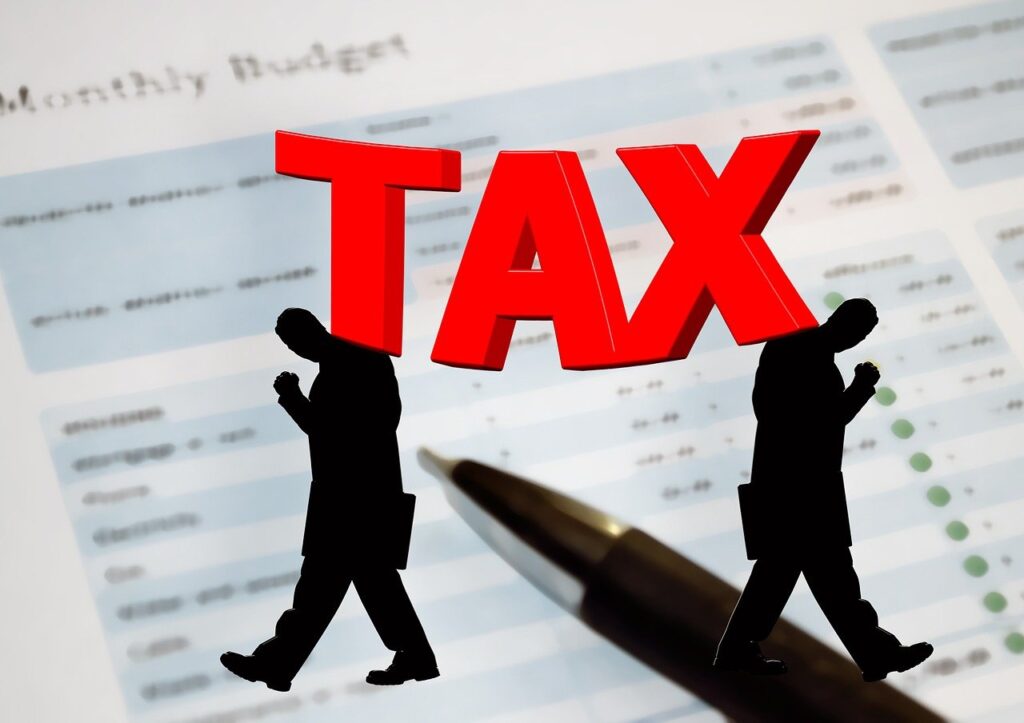
The landscape of federal taxation in the United States is currently marked by a significant and growing challenge: the tax gap. This persistent deficit, representing the vast sum of taxes owed but not paid on time, has reached an unprecedented scale, drawing urgent attention from the Internal Revenue Service (IRS) and policymakers alike. The latest estimates reveal a staggering figure for the 2021 tax year, prompting a critical examination of its origins and implications for the nation’s financial health.
This substantial shortfall not only deprives federal coffers of crucial revenue but also raises fundamental questions about fairness and equity within the tax system. As the IRS embarks on a renewed campaign to enhance compliance, understanding the multifaceted nature of this gap—from nonfiling to underreporting—becomes paramount. It is a complex issue, intertwined with economic shifts, individual circumstances, and the evolving strategies of enforcement agencies.
In this in-depth analysis, we delve into the core components of this record-breaking tax gap, exploring its definition, the primary reasons behind its existence, and the initial strategic responses being deployed by the IRS to confront this formidable fiscal obstacle. The goal is to provide a clear, factual, and comprehensive understanding of what is at stake and how the agency is beginning to tackle what Commissioner Danny Werfel has described as an urgent priority.
1. **The Alarming Scale of the 2021 Tax Gap: $688 Billion Unpaid**: For the 2021 tax year, Americans collectively failed to pay a monumental $688 billion in taxes, an estimate recently released by the IRS. This figure represents a record level of unpaid taxes, underscoring the severity of the challenge confronting the nation’s tax collection system. It marks a significant escalation from prior periods, indicating a growing divergence between the taxes legally owed and those actually remitted to the government.
This latest estimate also signifies a notable shift in the IRS’s approach to data transparency. The agency confirmed that this is the first instance it has provided information about the so-called tax gap on an annual basis. Furthermore, the IRS has stated its intention to continue providing this critical data yearly, offering ongoing insights into the nation’s tax compliance landscape. The $688 billion figure for 2021 reflects an increase of more than $138 billion compared to the estimates for tax years 2017 to 2019, highlighting the accelerating rate at which unpaid taxes are accumulating.
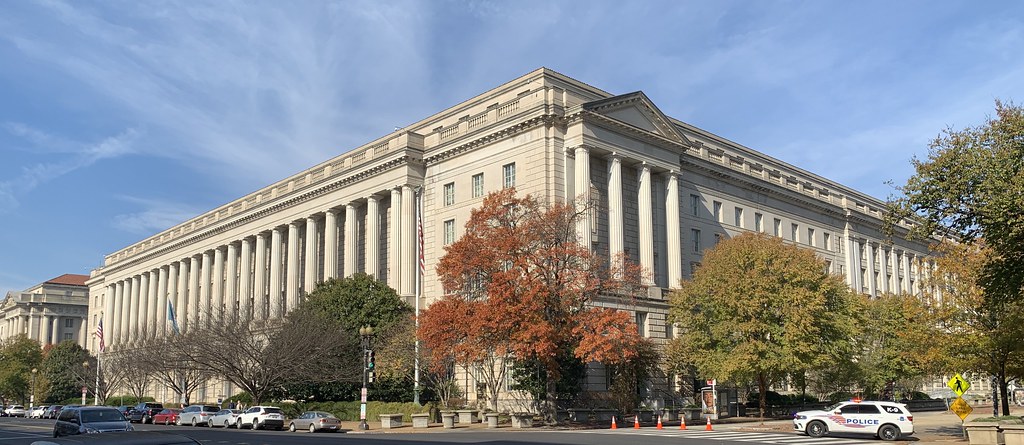
2. **The IRS’s Urgent Call to Action and Enhanced Compliance Efforts**: In response to this escalating fiscal challenge, the IRS has declared its commitment to taking “urgent” steps aimed at increasing tax compliance. This renewed emphasis on enforcement is a direct acknowledgment of the substantial revenue loss and the imperative to address it. The agency’s strategic direction includes a particular focus on auditing a greater number of high-income taxpayers, as well as businesses and partnerships, signaling a shift towards targeting areas where significant underpayments are believed to occur.
IRS Commissioner Danny Werfel articulated the gravity of the situation, stating, “This increase in the tax gap underscores the importance of increased IRS compliance efforts in key areas.” He further emphasized the multi-faceted benefits of these actions, explaining that “These steps are urgent in many ways, including adding more fairness to the tax system, protecting those who pay their taxes and working to combat the tax gap.” This approach seeks not only to recover lost revenue but also to bolster public confidence in the integrity and fairness of the tax system for all citizens.
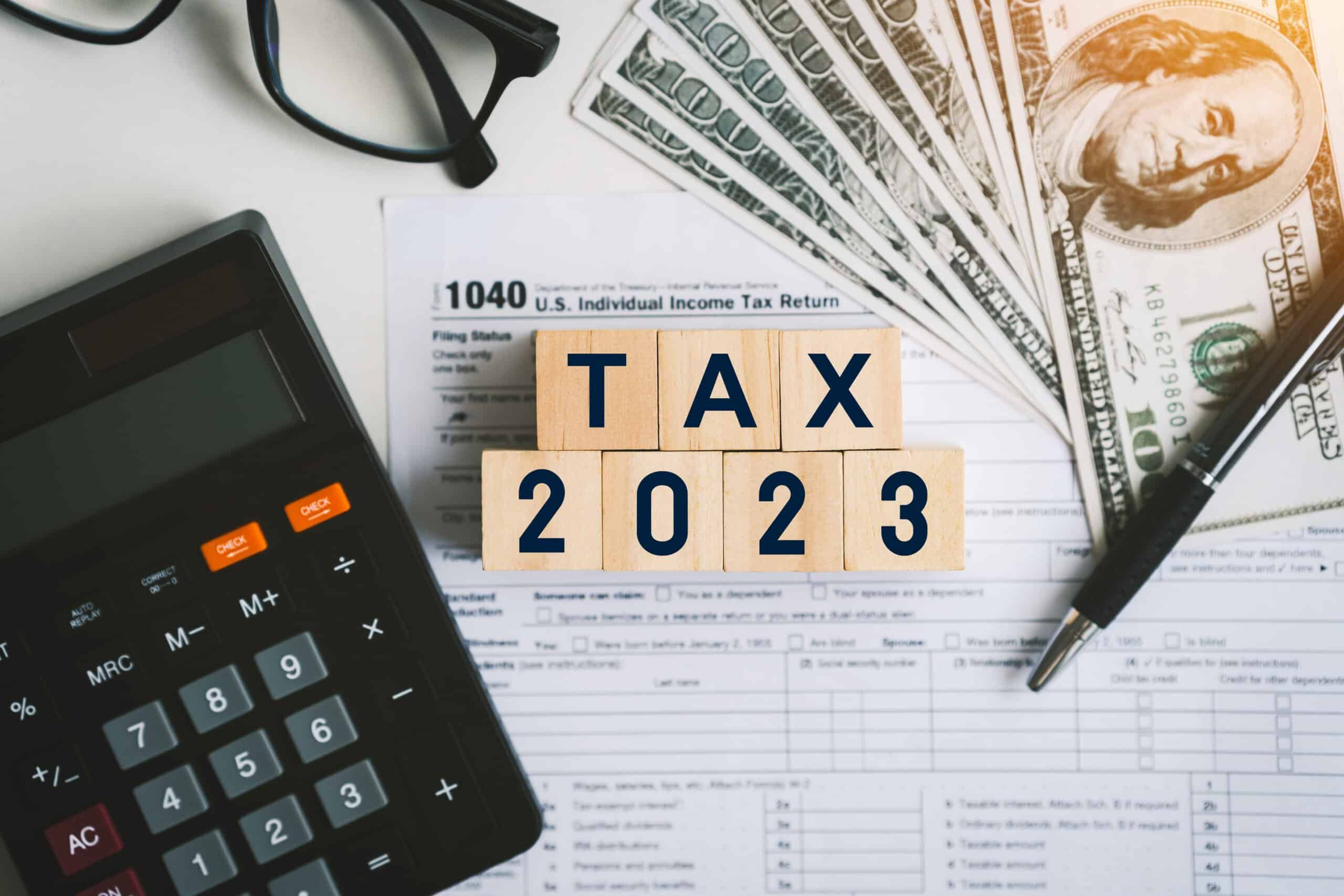
3. **Defining the “Tax Gap”: What It Means for Federal Coffers**: The concept of the “tax gap” is fundamental to understanding the scale of the challenge. According to the IRS, the tax gap is precisely defined as “the difference between the estimated taxes that are owed and what is actually paid on time.” This straightforward definition encapsulates the core problem: a vast sum of money that should be funding public services and investments but remains uncollected due to various forms of non-compliance.
The implications of such a significant gap are profound for federal finances. The hundreds of billions of dollars in unpaid taxes represent a substantial drain on potential government revenue, directly impacting the resources available for federal programs. For instance, a portion of the funds recovered from closing the tax gap could contribute to initiatives such as the Inflation Reduction Act’s $370 billion in green energy investments, as highlighted by the agency. Thus, the tax gap is not merely an accounting discrepancy but a critical economic indicator with tangible consequences for national priorities.
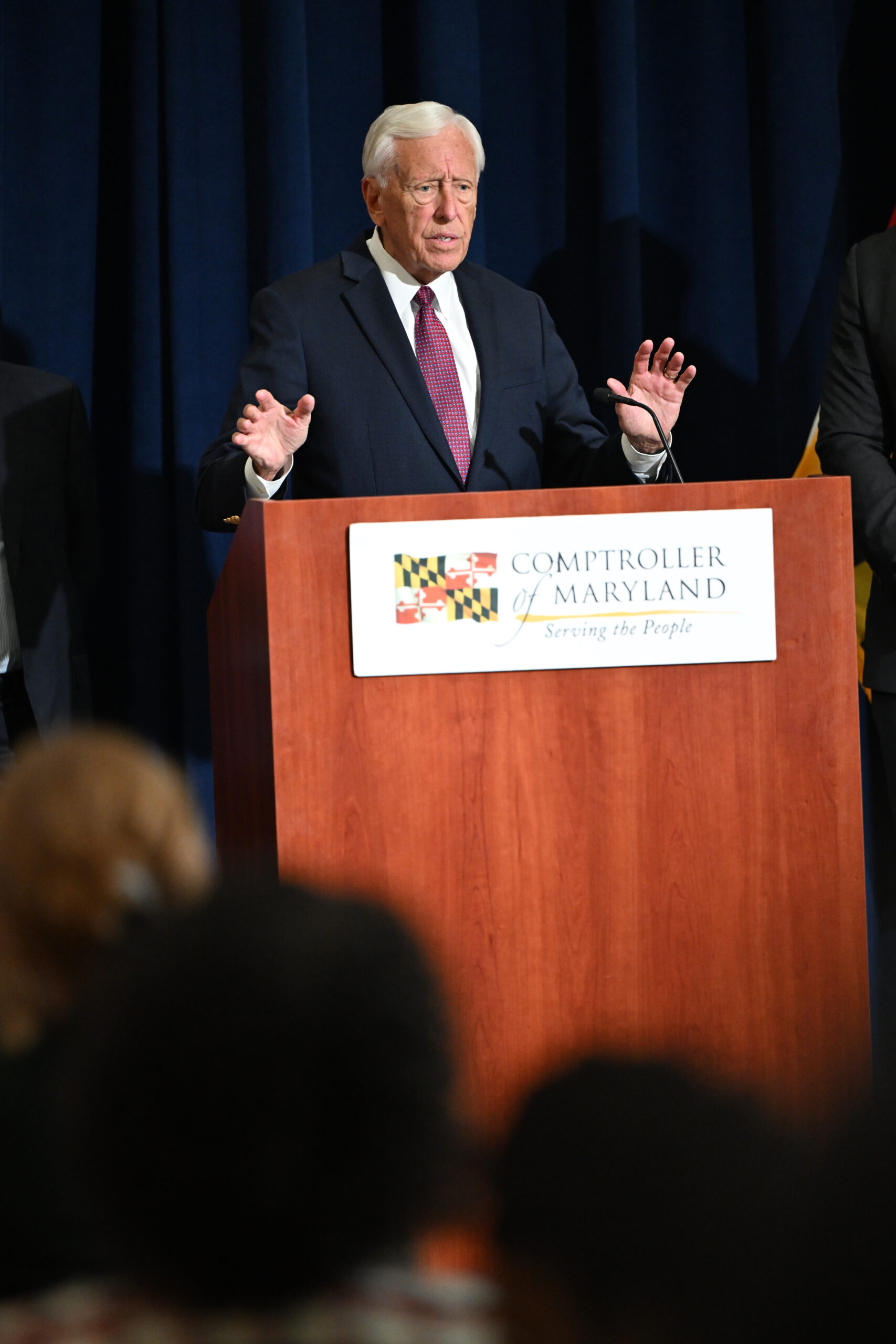
4. **The Three Pillars of Non-Compliance: Nonfiling, Underreporting, Underpayment**: To effectively address the tax gap, the IRS breaks down the shortfall into three primary components, each representing a distinct mode of non-compliance. These categories provide a clearer picture of where the failures in tax payment occur, enabling more targeted enforcement and preventative measures. Understanding these categories is crucial for grasping the nuances of the broader tax gap issue.
These three key shortfalls are identified as taxes that aren’t filed, taxes that are underreported, and taxes that are underpaid. Each component contributes significantly to the overall tax gap, reflecting different behaviors and challenges in the tax collection process. While they often stem from diverse circumstances, their cumulative effect is the massive amount of uncollected revenue that the IRS is now urgently working to reclaim.

5. **Voluntary Compliance: The Foundation and Its Limits (85% Paid)**: The American tax system largely operates on the principle of voluntary compliance, a cornerstone that sees the vast majority of taxes paid willingly and on time. The IRS reports that approximately “85% of taxes are paid voluntarily and on time,” a testament to the honesty and adherence of most taxpayers. This high rate of compliance is essential for the functioning of the federal revenue system, providing the bulk of the funds necessary for government operations.
However, despite this impressive voluntary compliance rate, the remaining 15% represents an enormous sum. As the data for 2021 illustrates, this seemingly smaller percentage translates into hundreds of billions of dollars in unpaid taxes annually. This paradox—a high rate of voluntary compliance alongside a burgeoning tax gap—underscores the critical importance of robust enforcement for the minority who do not comply, ensuring fairness and upholding the integrity of the system for the majority who do.

6. **Nonfiling: The $77 Billion Shortfall and Its Underlying Causes**: One significant component of the overall tax gap stems from nonfiling, which occurs “when people don’t file their annual tax returns on time, and so taxes aren’t paid on time.” This failure to submit required tax documentation directly contributes to the uncollected revenue. For the 2021 tax year, the IRS reported that approximately “$77 billion in taxes were unpaid due to nonfiling,” a substantial portion of the total tax gap.
The reasons behind nonfiling are varied and can stem from complex personal circumstances, as highlighted by accounting firm Simpson & Simpson Accounting. Some individuals may intentionally avoid filing if they are apprehensive about incurring a significant tax debt. Conversely, others may fall behind due to unforeseen life crises, such as a divorce or the death of a family member, which can overwhelm them and lead to a neglect of their tax obligations. Additionally, some taxpayers simply become “overwhelmed with details,” struggling to navigate the complexities of the tax system, ultimately leading to a failure to file. Each of these scenarios contributes to the sizable nonfiling gap, presenting a multifaceted challenge for the IRS.”

7. **Underreporting: The Predominant Factor in the $542 Billion Shortfall**: Following nonfiling, the most substantial and, indeed, the largest single component contributing to the nation’s tax gap is underreporting. This occurs precisely “when people don’t report all their income,” a pervasive issue that significantly skews the actual tax liability compared to what is declared. Such instances often involve individuals, particularly those compensated through less formalized channels such as cash payments, who fail to declare their full earnings on their annual tax returns. These omissions lead directly to a reduction in the tax base and, consequently, a lower tax contribution than legally mandated, diverting substantial funds from federal revenue streams that are crucial for public services and investments.
For the 2021 tax year, the IRS’s estimates vividly illustrate the immense scale of this problem: underreporting alone accounted for a staggering $542 billion of the total tax gap. This figure is not merely a statistic; it represents the vast majority of the $688 billion shortfall, highlighting the profound and widespread nature of income misstatement within the current tax system. The sheer magnitude of this segment underscores the inherent challenges associated with verifying all forms of income, especially for transactions that might occur without formal documentation or robust third-party reporting mechanisms that automatically inform the IRS.
Effectively addressing underreporting necessitates the development and implementation of highly sophisticated enforcement strategies. Detecting undeclared income can be considerably more complex and resource-intensive than simply identifying individuals who have failed to file a return. The IRS’s renewed focus on enhancing compliance is thus specifically designed to penetrate these less transparent areas of the economy, with the ultimate goal of ensuring that all income, regardless of its source or the method of payment received, is accurately reported. This intensified effort is critical not only for recovering lost revenue but also for upholding the fundamental principle of fairness within the tax system, ensuring that honest taxpayers are not unduly burdened by the non-compliance of others.

8. **Underpayment: $68 Billion from Delayed or Insufficient Remittances**: The third distinct category contributing to the overall tax gap is underpayment, which is identified by the IRS as instances where “taxes were reported, but filers failed to pay what they owe on time.” This component differs from both nonfiling, where tax returns are simply not submitted, and underreporting, where income is concealed. In cases of underpayment, the taxpayer has acknowledged a specific tax liability through their filed return but has subsequently failed to remit the full amount or to do so by the stipulated deadline. While smaller than underreporting, this segment still represents a significant deficit in federal revenue.
For the 2021 tax year, underpayment accounted for $68 billion of the total tax gap, according to the latest estimates provided by the IRS. This situation frequently arises for certain taxpayer demographics, such as freelancers, independent contractors, or gig workers, who are typically responsible for paying estimated taxes on a quarterly basis. If these individuals inaccurately project their income or overestimate their deductions, they may inadvertently underpay their tax obligations throughout the year, leading to a shortfall. Moreover, underpayment can also occur when individuals or businesses simply owe a balance to the IRS at the end of the tax year but either delay or deliberately avoid remitting the due amount.
The implications of persistent underpayment extend beyond the immediate fiscal drain; they also reveal underlying challenges in tax planning, financial literacy, and, in some cases, intentional avoidance. The IRS’s ongoing and enhanced compliance efforts are specifically designed to address these instances of delayed or insufficient payment, reinforcing the crucial expectation that acknowledged tax liabilities must be settled promptly. This ensures the consistent and predictable flow of funds necessary for the government to execute its essential functions and maintain the financial stability of the nation. It also underscores the agency’s commitment to holding all taxpayers accountable for their declared obligations.

9. **Targeted Enforcement: Focusing on High-Income Taxpayers and Businesses**: A critical and highly focused component of the IRS’s updated compliance strategy, which is now robustly supported by the substantial funding provided through the Inflation Reduction Act, is a pronounced and deliberate shift toward auditing a greater number of high-income taxpayers, alongside a heightened scrutiny of businesses and complex partnerships. This strategic redirection of enforcement efforts is firmly rooted in the empirical understanding that significant underpayments of tax liabilities are often disproportionately concentrated within these sophisticated segments of the taxpayer base. The overarching aim of this focused approach is to ensure a more equitable distribution of the national tax burden and to recover the vast amounts of revenue that currently remain uncollected, thereby addressing a core issue of fiscal fairness.
IRS Commissioner Danny Werfel has meticulously articulated the profound and multifaceted benefits anticipated from this targeted enforcement strategy. He powerfully emphasized that these decisive steps are “urgent in many ways,” specifying that they are crucial for “adding more fairness to the tax system, protecting those who pay their taxes and working to combat the tax gap.” This comprehensive rationale underscores that the agency’s intensified efforts are driven by a commitment not only to recover the hundreds of billions of dollars owed but also, critically, to bolster public trust and confidence in the fundamental integrity and inherent fairness of the tax system for all citizens, irrespective of their personal income level or the complexity of their business structure.
By purposefully directing enhanced scrutiny and resources towards wealthy individuals and intricate business entities, the IRS is strategically positioning itself to address areas where compliance challenges are often more sophisticated, involving complex financial arrangements and, consequently, where the potential for large-scale tax evasion or avoidance is significantly higher. This precise concentration of newly acquired resources is an indispensable component of the agency’s broader and unwavering commitment to substantially reducing the national tax gap and ensuring that the foundational principle of voluntary compliance is upheld by all taxpayers, particularly those who possess the greatest financial capacity to contribute to federal revenue and, by extension, to the nation’s collective well-being.
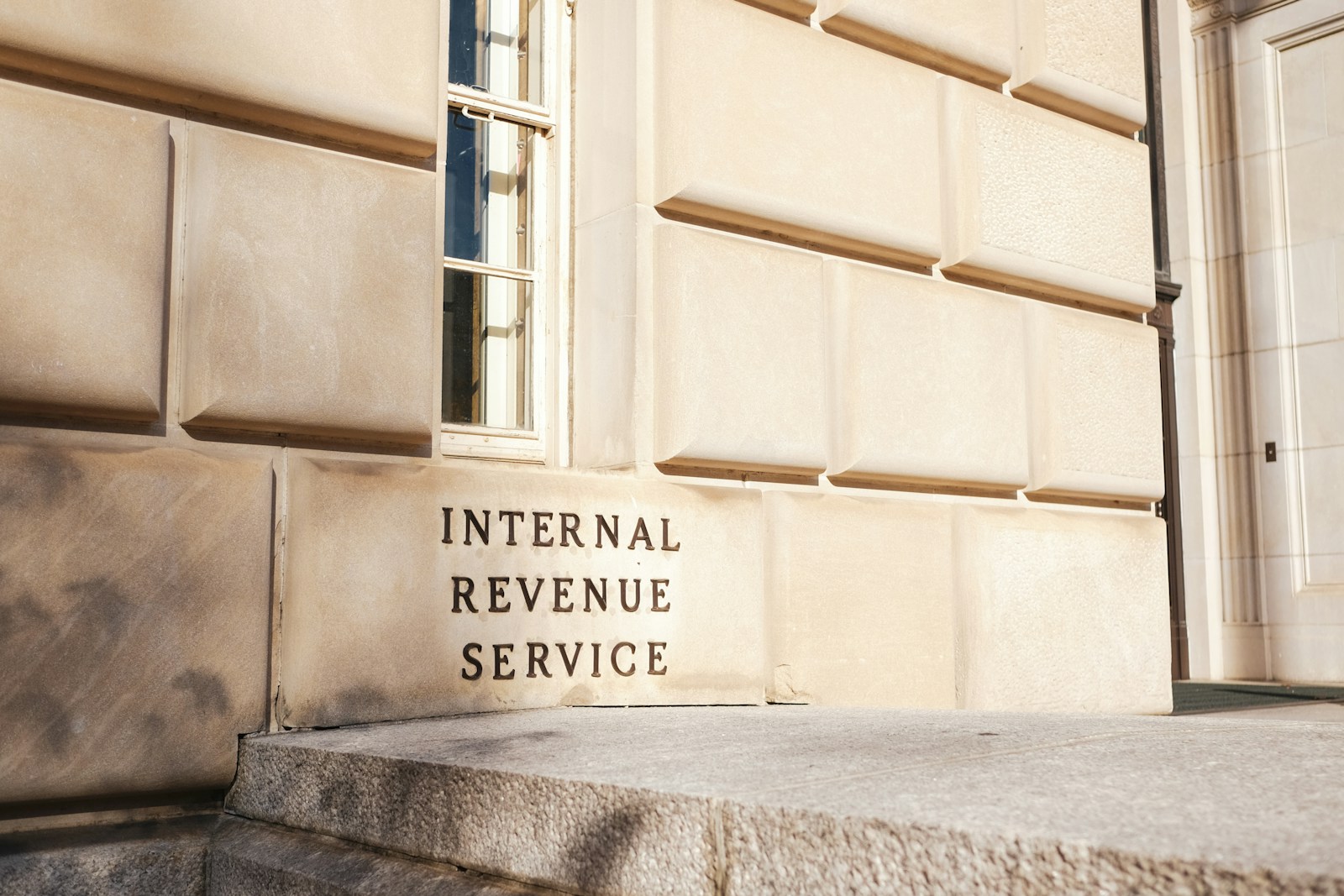
The persistent and indeed growing federal tax gap, now reaching unprecedented levels, stands as a formidable and multi-faceted challenge to the nation’s fiscal health and, fundamentally, to the perceived fairness and integrity of its tax system. From the nuanced complexities embedded within underreporting and underpayment to the broader, concerning historical trajectory of non-compliance, the hundreds of billions of dollars in uncollected revenue represent a critical and unsustainable drain on public resources. These are funds that are vital for sustaining existing public services and for making essential investments in the nation’s future.
The Internal Revenue Service, now significantly empowered with enhanced funding from the Inflation Reduction Act, has unequivocally committed itself to a targeted, strategic, and urgent campaign designed to substantially bolster compliance, with a clear focus on high-income individuals and complex business entities. This strategic pivot, while respectfully acknowledging the enduring principle of voluntary compliance that underpins the American tax system, simultaneously underscores a resolute determination to ensure that every taxpayer, without exception, fulfills their legal obligations. Such adherence is paramount not only for safeguarding the integrity of the system itself but also for fostering a more equitable and financially sound landscape for all Americans. The path to comprehensively closing this gap is undeniably long, intricate, and demanding of sustained effort, but the renewed focus, sophisticated methodologies, and significant resources now being deployed signify a pivotal and decisive moment in the ongoing national effort to secure the nation’s financial future for generations to come.

